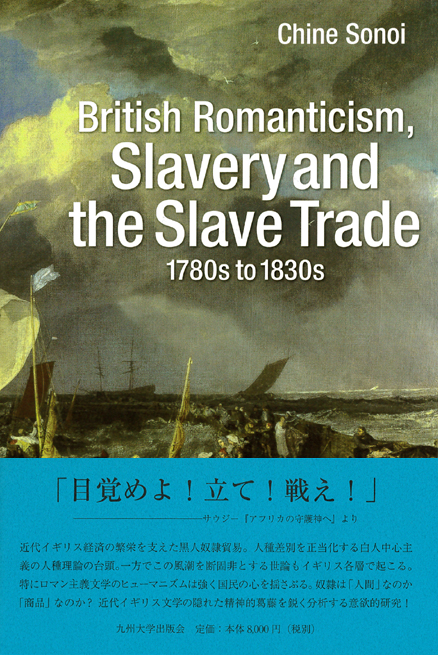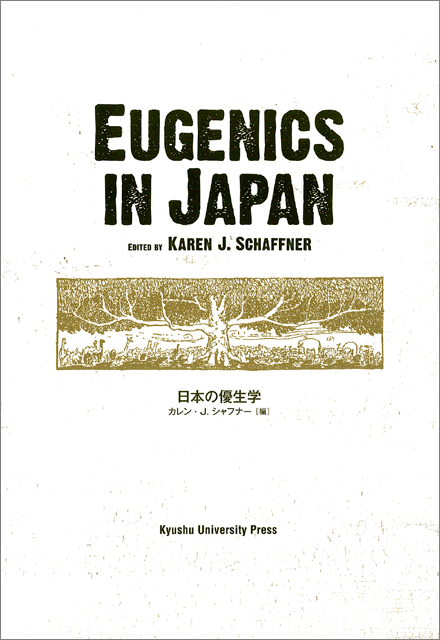Introduction
This book examines how the first generation of the Romantics such as Blake, Wordsworth, Coleridge and Southey were engaged in the abolitionist movement in England from 1780s to 1830s and how their artistic visions and their socio-political and religious ideology were developed through this turmoil. The romantic poets, more or less, showed their anti-slavery stance as well as their egalitarian philosophy in their abolitionist writings. Their views on the anti-slavery subject, however, were less coherent because, in the first place, as the ideology of the eighteenth-century radical liberalism from Godwin, Priestley to Burke was always much controversial so that they understood it according to their own political or religious standpoint and timing. The radical nature of social reforms claimed by religious dissenters which was regarded as socially dangerous as French Jacobinism in the late 1790s England also contributed to making the claims of the abolitionist messages sound unkempt.
This study further explores how the eighteenth-century racial view was interwoven with the humanist attitude of the romantic poets. Their milieu was among the race theories of the time that set, in their hierarchy, the white Europeans at the top and African blacks at the bottom, reinforcing the pro-slavery concepts as socially acceptable. And the romantic poets also revealed a Euro-centric view on the civil inferiority of black people while demonstrating their sympathy with the plight of black slaves. Chine Sonoi’s work elucidates this point and expounds how the romantic poets balanced their morality with their aesthetic perspective on the slavery issue.


